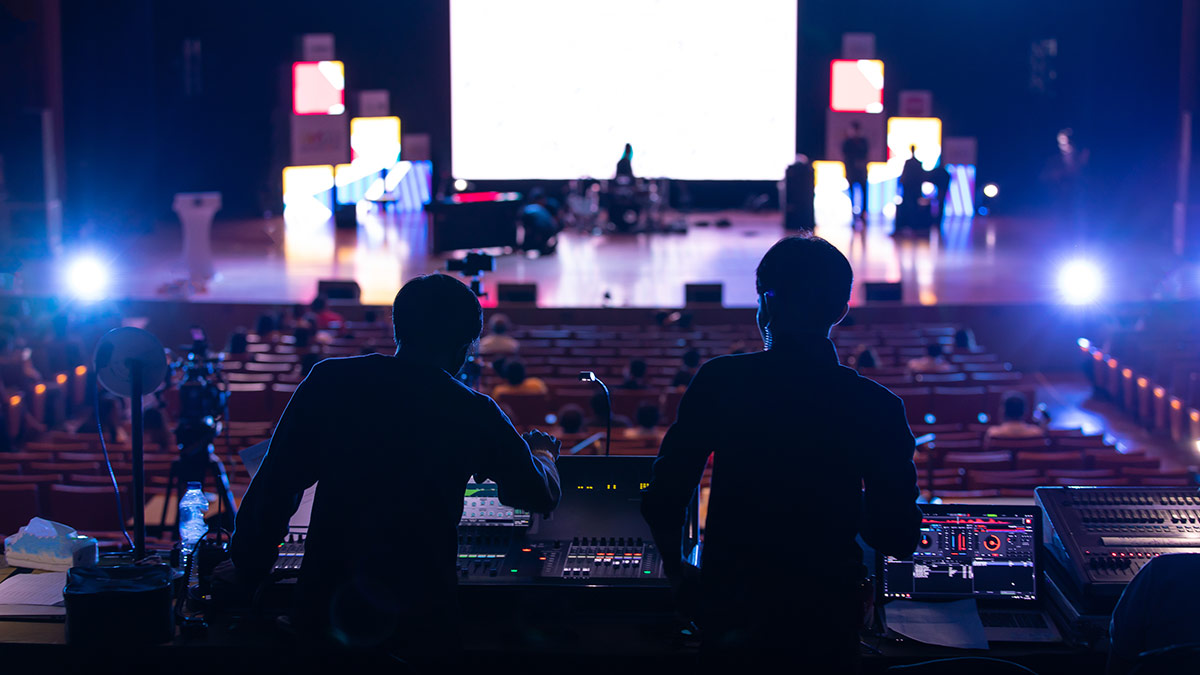Perfecting the Art of Recording High-Quality Audio at Real-Time Events
Wiki Article
Recording high-quality sound at real-time events remains essential to ensuring the audience can fully appreciate the event. Whether an concert, a seminar, or a stage performance, clear audio may significantly improve overall impact on the event. In order to obtain this, it is important for one to understand the various elements involved to audio capture and the way to effectively handle these. This piece shall explore key techniques as well as equipment that may help with mastering the art of capturing premium sound.
The first among the primary steps in capturing excellent sound in choosing the right equipment. Microphones play a crucial part during the process. Various numerous types for mics, including dynamic-type, condenser-type, as well as lavalier mics, all appropriate for specific situations. Dynamic microphones tend to be commonly utilized in noisy settings, like concerts, as they are able to manage elevated sound levels levels. On the other hand, condenser microphones tend to be more responsive and tend to be best for quieter settings, such as talks and interviews. Understanding the strengths as well as disadvantages of each kind will help in choosing the best mic for an occasion.
In addition to selecting a right mic, positioning it correctly remains crucial to recording clear audio. The placement of the microphone may significantly influence the sound clarity. For example, positioning the mic excessively far from its sound source can result to weak sound, whereas positioning it excessively near can cause distortion. It is crucial for one to achieve the balance that records the entire range of audio without losing clarity. Testing different various placements prior to the event may assist in finding a best position for maximum audio clarity.
A further important factor for take into account is the surroundings where which event event. Background noise can interfere the audio quality, making the audio difficult for audience members to listen to the primary audio source. To reduce excess view it now sounds, one should beneficial to conduct an audio check prior to the event starts. Such a check allows an sound technician in order to identify any possible issues and make adjustments as necessary. Moreover, using acoustic insulation and placing up in an quieter area may additionally assist in reducing ambient noise and enhancing the audio quality.

In conclusion, post-event editing plays an crucial part in enhancing sound quality. After an event, audio post-production software can be used for clean the the, remove any extraneous sounds, and modify levels to achieve uniformity. This is crucial to ensuring the final end product meets elevated quality. By investing the time in edit as well as enhance the, the final result will become an refined recording which faithfully represents the live performance. Perfecting these methods will not just enhance audio clarity of audio recorded during live performances but also improve the entire experience of the audience.